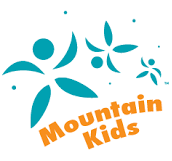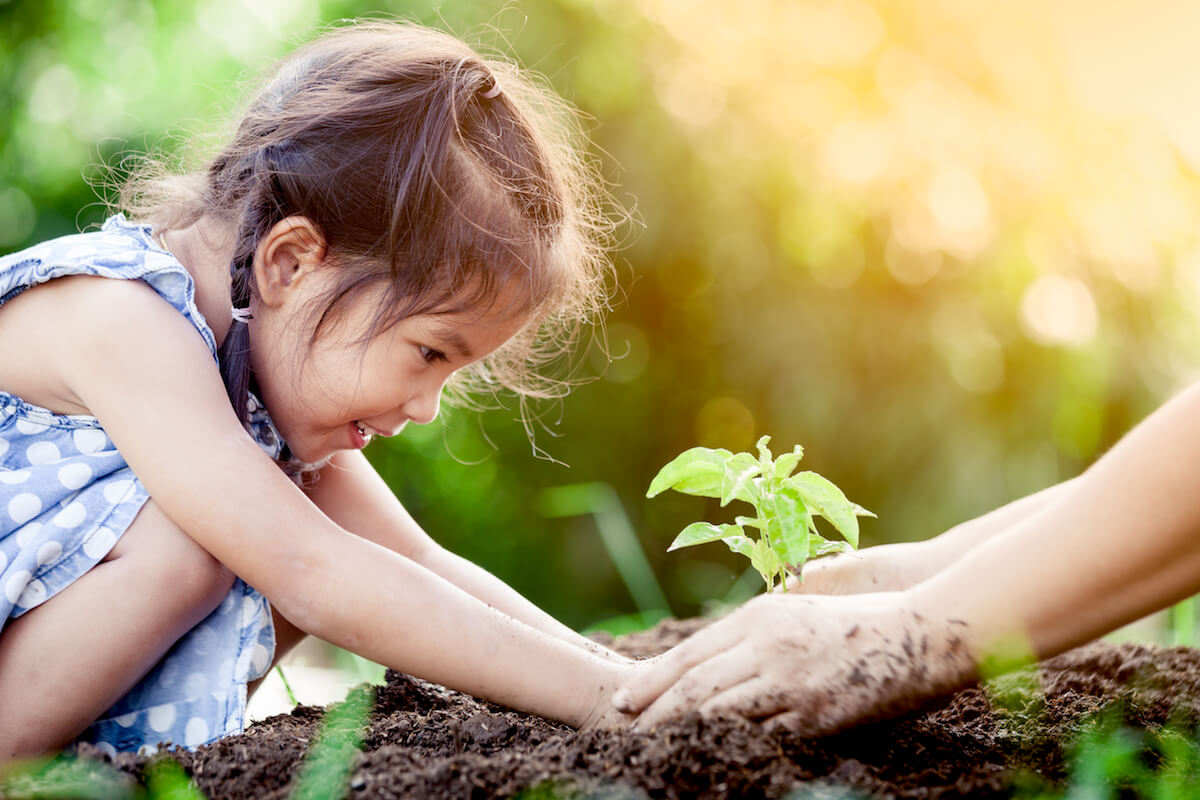Many of us have spent the last few weeks cooped up inside while we take safe social distancing measures. And if your family is like mine, you might be feeling a little stir crazy.
With school and gyms closed, sports events cancelled, and your kids having to stay away their friends, your kids might be feeling frustrated, bored, and downright sad.
Now more than ever it’s important to indulge in all the mental and physical perks of the outdoors.
Research shows that altruism can help reduce stress, improve emotional wellbeing and even improve aspects of physical health! Combine that with the stress-busting effects of nature, and you’re making happy memories that last a lifetime.
Your kids will learn important life lessons in responsibility and the importance of giving back, too. Empathy for the win!
The best way to get your kids excited about giving back to the earth is to show them how important it is, and the huge impact that small steps can make.
Luckily for us, nature hasn’t been cancelled. Earth Day is coming up, and it’s the perfect opportunity to do just that.
You can educate your children on the importance of taking care of mother nature, and have fun while you’re at it! We’ve collected the perfect books for every age to help. We’ve also included a fun earth day activity to go along with each book so your family can get moving, learning and playing in the great outdoors.
Enjoy a mental health reset for the entire family by giving back to the community and having fun while you’re at it.
Book: The Bee Book by Charlotte Milner (1-5 years old)
The Bee Book shows children the journey of a bee, its role in the environment, and why it’s so important to keep bees alive in a time when their existence is being threatened.
This story should turn your child into a downright bee enthusiast. Good thing, because there are a few fun activities you can follow up with to make your yard or outdoor area bee-friendly!
Activities
- Plant “Save the Bees” seeds so bees can find refuge in your yard. Scientists suspect loss of food and habitat has played a big part in the bees rapidly disappearing. This is a carefully selected variety of flowers that are high in pollen and that bees are known to be drawn to, so you can make sure your garden is healthy and the bees are nice and full!
- Create a “bee bath” by placing stones in a bowl and putting in just enough water that the top of the stones are still exposed. Bees will drop in to have a drink, and cool off before they’re off to do their important work of saving the world.
Make a bee condo
- This bee habitat will help keep bees safe and sound while teaching your children more about the lives of bees.
- Trim paper towel rolls into three 3” long tubes.
- Fold a recycled cereal box around the tubes to encase them with both open ends of the tubes exposed. Glue the tubes to the box so they stay in place.
- Fill the cardboard tubes with paper straws, trim to fit.
- Let your kids take a break while you fill one end of each straw with hot glue to seal it off.
- Fold the rest of the recycled cereal box into a roof shape triangle and glue it to the top, and add a rectangular piece of paper as the base.
- Mount it somewhere sturdy and slightly hidden, with access to southern light so it stays nice and warm.
Book: I Can Save the Earth! by Alison Inches (4-6 years old)
This heartwarming book is great for kids age 4-6. It follows the story of a little green monster who watches so much TV, plays so many video games, and leaves on so many lights that it causes a power outage.
With no electronics, he gets the opportunity to learn about all the magical nature that surrounds him, and how he can better take care of it.
Activity:
In the story, the little monster decides to make some compost for the plants. Get your kids geared up for some messy time and help them create compost for your yard.
- Start with a plastic bin that’s about 3 feet x 3 feet. Drill 30 holes in the lid, bottom, and sides so the compost gets plenty of air, and excess water can drain.
- Layer soil on the bottom to attract earthworms to help break it all down.
- Gather the materials for your compost. The “recipe” should include dead plant material like leaves and sticks, household waste like banana peels, newspaper and coffee grounds. Make sure there is no meat, fat, dairy, and human or pet waste.
Once everything is in the bin, add some water. Stir the mixture weekly, but be careful to not hurt the worms! The compost is ready to mix into soil when it’s brown and crumbly.
If you don’t have space to store a bin full of compost, have your children replicate this process in a 2-liter soda bottle and mix it in the soil of other plants.
Book: Heroes of the Environment by Harriet Rohmer (10-12 years old)
Teach your 4th through 6th graders about the real heroes…the ones working every day to save the earth!
Heroes of the Environment profiles real people taking real action to help our environment. Whether it’s the superstar wrestler from Mexico who decided to help save the turtles or the teen from Rhode Island who helped his city develop an e-waste recycling program, your kiddo is bound to find a new role model.
Discuss with your child who they thought was the most inspiring person in the book. Once they’ve decided, take action to determine how your little hero will give back to the earth, perhaps in the same ways their favorite hero did.
For example, the hero Calidra was discouraged by water pollution. When she found out a toxic chemical might be in her town’s water supply, she took action by learning more about the chemical, and where it came from.
With her research, she discovered that the chemical is also found in Teflon and has been dumped in their water supply for 50 years! She invented a way to test their water for the chemical, as well as a filter.
Activity
Make a water filter at home to honor Calidra’s efforts, and learn more about water pollution.
- Cut a 2-liter soda bottle in half for your child, then turn the top half over and place it inside the bottom half so the top half creates a funnel.
- Place a coffee filter or clean bandana on the bottom of the funnel.
- Add things like gravel, sand and other items your child thinks might help filter water inside.
- Stir a cup of dirty water (ideally from a lake, creek or river nearby) and begin to pour it into the funnel. Pay attention to how well the water is filtered.
- Play with new ways to filter water…perhaps putting the materials in different order, or using new materials entirely. As you scoop out the materials used, pay attention to what it filtered out.
Now, Just Breathe!
I don’t know about you, but I can breathe a huge sigh of relief knowing my kids and I still get to enjoy the beautiful outdoors this spring. And what better way to celebrate than by expressing our gratitude with these fun Earth Day activities?
Your family gets to bond, your kids get to learn, and you both get the mental health perks of outside time.
If you’re looking out the window worried about the weather being good enough any time soon for these, don’t worry.
We have plenty of ideas to keep the kids entertained indoors, too »

